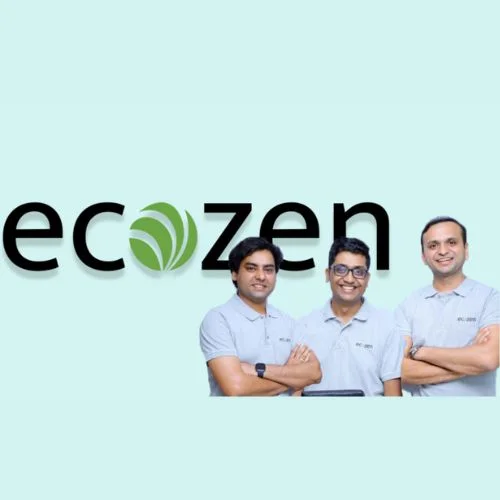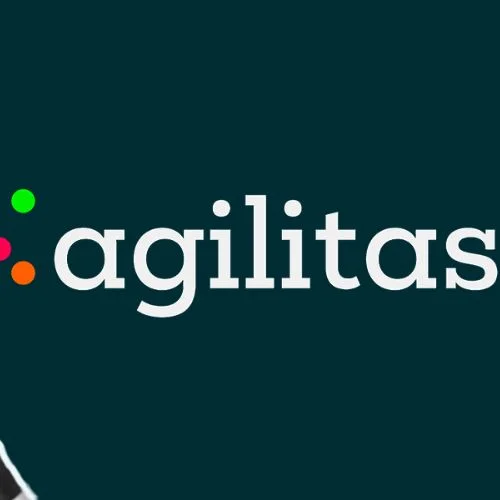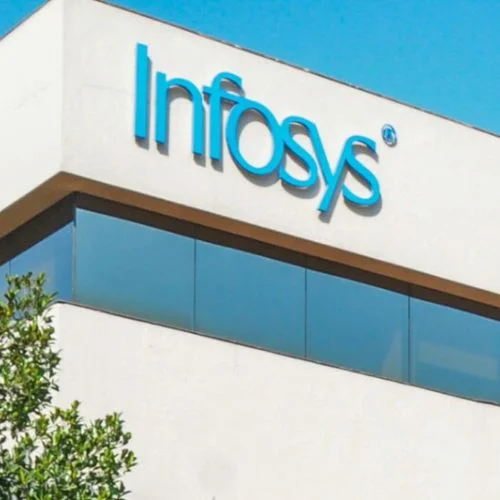It is that season once more. Finance minister Nirmala Sitharaman is good to go to convey the financial plan on February 1. Like consistently, assumptions are high that she will come as a saviour for the normal citizen and convey a pack of treats very much like St Nick Claus. There have been a ton of assumptions from the citizens because the last tremendous change that occurred for the citizens was in 2020 when the work on charge system was presented.
“The vast majority of the allowances like 80C, 80D, HRA, etc have been standard for a long while. The justification for why the citizens are trusting that these will be expanded is that there has not been any adjustment of the most recent for quite a long while. In any case, the expense of merchandise has gone up, the clinical charges are extreme and these have now turned into a major hole in the reserve funds of the normal citizen, so it is vital that there is help of some sort,” says Aarti Raote, Accomplice Deloitte India.
Revision of tax slabs and increase in deduction limit.
“The fundamental exclusion limit has been set to ₹2.5 lakhs for very nearly eight years, this present time it is the high opportunity it ought to be expanded to ₹3-3.5 lakh,” says Archit Gupta, organizer and Chief, Clear. There are assumptions to increment allowance limits under a portion of the key segments as well. “One of the significant assumptions for the salaried class citizen is to build the constraint of derivation under Segment 80C from ₹1,50,000 to ₹2,50,000,” says Akhil Chandana, Accomplice, Award Thornton Bharat. Currently, the allowance permitted under area 80C covers a large number of qualified speculations/costs like an installment of life coverage premium, worker’s commitment to Opportune Asset, Public Opportune Asset (PPF), Public Benefits Plan (NPS), lodging credit head reimbursement, Value connected saving plans (ELSS), and so on.
Making more deductions available under the simplified tax regime.
The improved charge system has likewise not given a reasonable benefit to the citizen. “The citizens do guarantee a ton of derivations and exclusions which on occasion offset the decrease in the expense pieces under the new duty system. This is clear from the way that just under 10% of individuals decide on an improved charge system,” says Raote. The Public authority has examined the justification for why the new duty system isn’t famous and how it can be expanded adoption. Today, the work on the charging system has a couple of derivations accessible. Standard allowance isn’t allowed under the worked-on charge system.
Rationalization of capital gains tax rates.
As of now, long-haul capital increases (other than recorded offers and units of value situated reserves) draw in a duty pace of 10%. The drawn-out capital increases on the offer of different resources draw in an expense pace of 20%. Further, transient capital acquires the discounted of recorded shares at an expense pace of 15% and momentary capital increase draws in the duty rate according to the material slab. Today the mindfulness and tendency to put resources into financial exchanges have expanded. “In any case, you have charge arrangements that give you various types of duty suggestions on whether the offers are recorded, or not recorded, the holding period and expense rates likewise contrast for recorded and unlisted offers. This makes a sort of disarray for the citizens.















